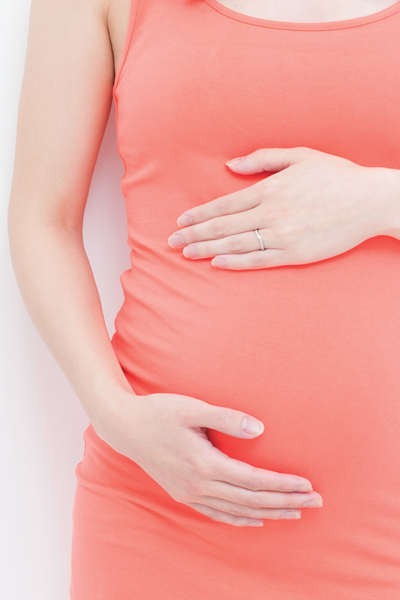That's about the size of it

Keeping tabs on your girth growth does more than clue […]

How to measure
Instead of calculating your circumference, your doctor or midwife will measure the height of the fundus—the distance from the pubic bone to the top of the uterus.
Find your number
Once you’ve passed the 16-week mark, your fundal height (in centimeters) should match your number of weeks’ gestation. So, if you’re 22 weeks, then you can expect your fundal height to be around 22 centimeters. If you’re measuring larger or smaller than the norm, it doesn’t mean something is wrong. (It could just be you have a full bladder!) And a smaller bump doesn’t guarantee a smaller baby. How you carry depends on your height, weight, muscle tone and whether you’ve been pregnant before (among other factors). Every woman’s body progresses at its own pace, but chat with doc if you’re concerned.







